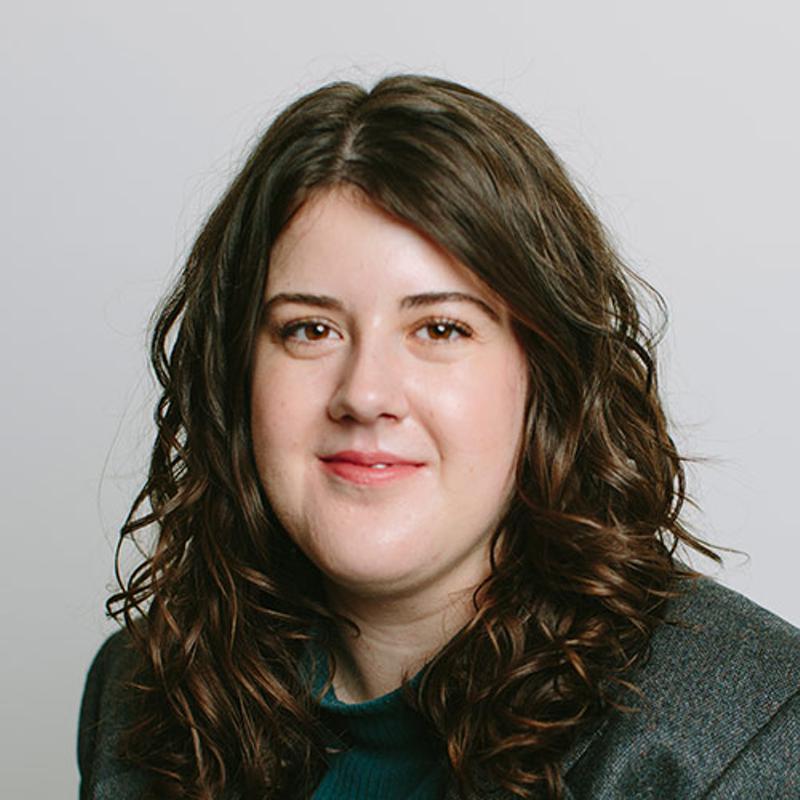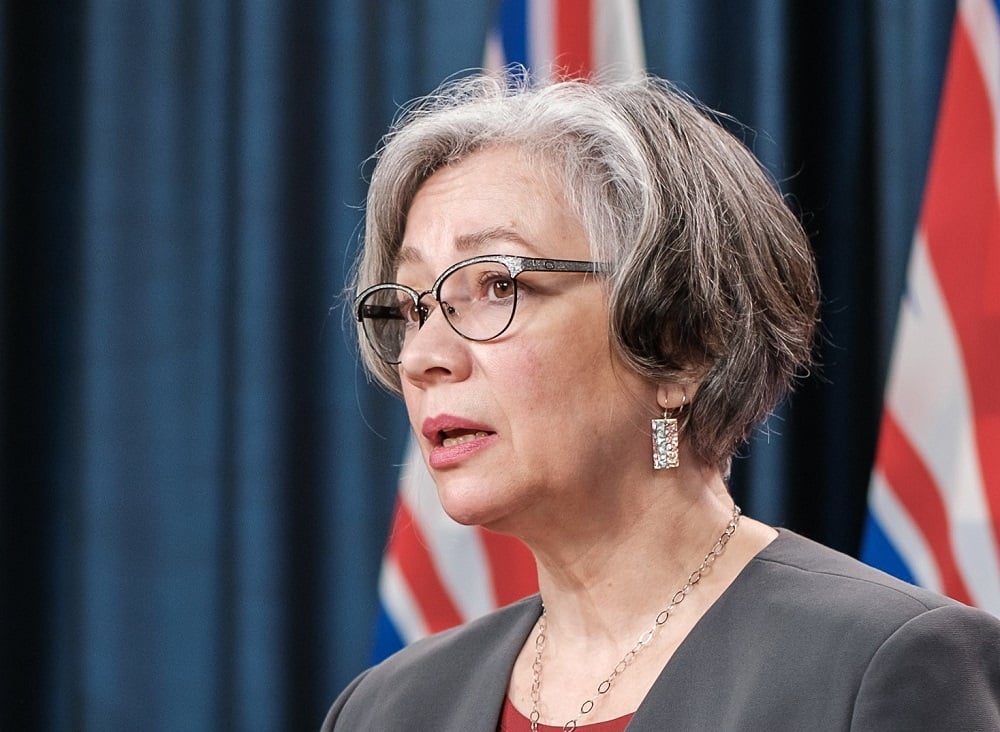The new minister tasked with addressing British Columbia’s mounting toxic drug crisis said the province needs to act with more urgency to save lives, but was vague on contentious measures such as expanding the safe supply of drugs or imposing treatment on some users.
Jennifer Whiteside takes over as Minister of Mental Health and Addictions as nearly six people die each day of toxic drugs in British Columbia.
Since it was declared a public health emergency in 2016, nearly 11,000 people have died. 2022 is on track to be the most fatal year recorded for the third year in a row with more than 2,000 people dead.
In her first interview since being sworn into Premier David Eby’s new cabinet on Dec. 7, Whiteside defended the ministry’s work expanding treatment beds and prescribed safe supply and said more needed to be done.
“Yes, we've acted with urgency, but not enough in the context where we have such a dramatic increase in drug toxicity,” Whiteside, MLA for New Westminister and former education minister, told The Tyee Friday. “We have an absolute crisis. People are losing their lives. We need to act with more urgency.”
The worsening crisis is driven by a volatile and unpredictable supply that is becoming increasingly contaminated and potent, found an expert death review panel convened by the coroners service late last year.
This intensified due to COVID-19 supply disruptions, said the report, which urged rapid expansions of safe supply to separate people from the criminalized supply.
These changes in the supply make it difficult for someone to know what they are buying and how much of what they are taking, even if they use substances often, agreed a report from an all-party legislative committee in November.
And as benzodiazepine sedatives have become increasingly mixed with opioids like heroin and fentanyl, drug poisonings are becoming more likely to be fatal and difficult to reverse by traditional means like naloxone or oxygen administration.
‘Building out the system of care’
Since taking power in 2017 the NDP has pursued a strategy focused on a spectrum of harm reduction services like overdose prevention sites and expanded treatment and recovery beds for people who wish to stop using drugs.
Research from the BC Centre for Disease Control shows that pre-pandemic, harm reduction measures have saved upwards of 6,000 lives and that many more people would have died without them in place. But they remain few and far between outside key central neighbourhoods in the Lower Mainland, and waitlists for detox and treatment services remain long.
Eby has indicated he wants to further integrate substance use recovery and treatment with housing and the criminal justice system, including potential expansions of mandatory treatment some civil liberties and drug user rights groups have opposed.
“Assess and expand supports for people who are causing detrimental harm to themselves and others as a result of mental health or substance use,” his mandate letter directs Whiteside.
Whiteside would not say whether new mandatory treatment measures were underway.
“What we will be focusing on will be building out the system of care, on building out access to treatment and recovery,” she said. “We need to first interrupt the connection to toxic drugs, and we need to work to address the dramatic increase in the degree of toxicity of drugs that are out there right now.”
A new era of decriminalization
In January, B.C. will also become the first jurisdiction in Canada to decriminalize possession of small amounts of some illicit substances for personal use in order to reduce the harms of criminalization that push many people to use alone.
That proposal’s threshold of 2.5 cumulative grams was panned by people who use drugs as too limited in scope to meaningfully decriminalize those who need it most.
The province has also become the first to offer what it calls prescribed safe supply, which are alternatives to illicit street drugs, to more than 14,000 people since 2020.
These prescriptions are weeks-long and for substances that do not truly replace street drugs, The Tyee reported earlier this year.
Whiteside said early evaluation of the prescribed safe supply program shows it is reducing deaths and helping people stabilize their lives.
A small number of federally funded pilot projects also connect just under 500 people in B.C. to pharmaceutical versions of street drugs to directly replace the need for unregulated drugs, known as safe supply. Only people with a diagnosed substance use order can access these, leaving more infrequent and casual users at heightened risk.
Public health experts and advocates for the rights of people who use drugs say the province’s current efforts, even if expedited, aren't focused enough on replacing the increasingly toxic supply to end the crisis.
A government under fire
Last month, more than 50 experts and frontline workers signed a letter condemning the all-party legislative report on the crisis for not recommending bolder measures, like safe supply, that would separate people from the illicit drug supply.
“This report and its recommendations replicate the same tiresome do-nothing-hope-for-better strategy well-worn by the majority BC NDP government,” read the letter.
Whiteside’s mandate letter includes expanding safe supply efforts, but she did not say what an ideal safe supply program would look like to her or where B.C. could improve.
“I am going to want to have time to talk more into the technical aspects of this before giving you my fully fleshed out view of that issue,” she said.
When asked how she will measure her success in the challenging portfolio, Whiteside said “the number one issue is to try to save people's lives.”
“No question that decreasing the number of toxic drug deaths is going to continue to be the defining objective of all of our government's work,” said Whiteside, noting she’ll also be looking for progress on treatment wait times, child and youth teams in schools and harm reduction.
Whiteside came to government and cabinet in 2020 from a career of union leadership and advocacy for living wages. She says that same sense of duty to advocate for the people affected by the toxic drug crisis and mental health issues will guide her work as minister.
“One important part of this work is to continue to build on the very strong relationships that exist with partner groups who are delivering services and who are advocating for people with lived experience and who are doing their utmost to help in what is an unprecedented public health crisis,” said Whiteside.
“Those are the relationships that are going to guide us and help us get through this.” ![]()
Read more: Health, Rights + Justice, BC Politics
















Tyee Commenting Guidelines
Comments that violate guidelines risk being deleted, and violations may result in a temporary or permanent user ban. Maintain the spirit of good conversation to stay in the discussion.
*Please note The Tyee is not a forum for spreading misinformation about COVID-19, denying its existence or minimizing its risk to public health.
Do:
Do not: